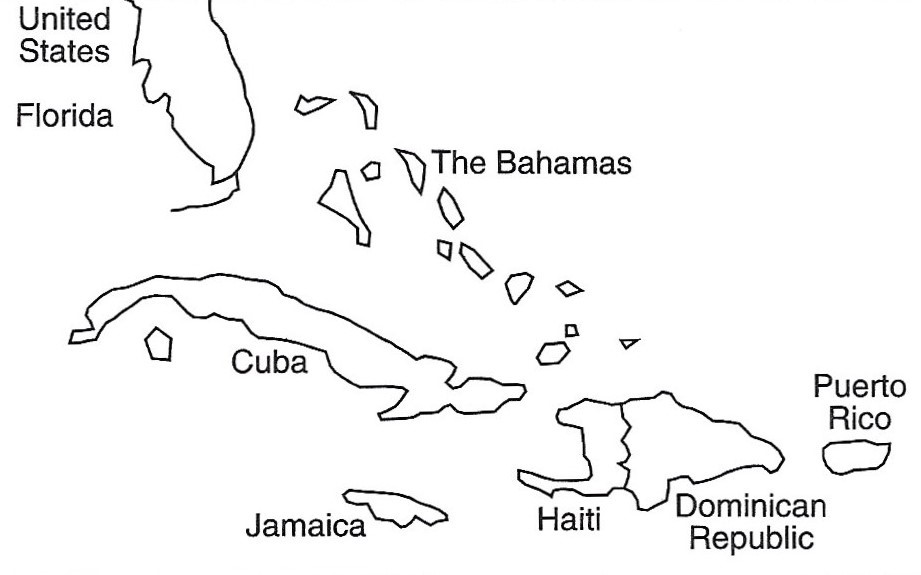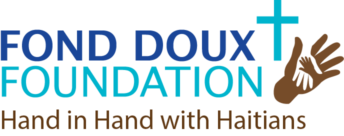History

The recorded history of Haiti begins when in 1492 Christopher Columbus came upon the island inhabited by the Taino and Arawakan people. He claimed the Island, known previously by the people there as Ayiti, Bohio or Kiskeya, for the Spanish crown. It became known by the Latin word Hispaniola. In 1625 the French began arriving and in 1660 took control of what was then called Saint Dominique. This is modern day Haiti. The French brought thousands of African slaves to work on the sugarcane plantations in Haiti. It was a prosperous country. But deforestation led to impoverished land. Eventually the African slaves fought for freedom, and in 1804, Haiti gained independence.
But over the years Haiti has suffered from considerable political instability. The United states occupied the country for a time, but after its withdrawal several dictatorial regimes took power, the worst under the dictatorship of Francois “Papa Doc” Duvalier. His dictatorship is regarded as one of the most repressive and corrupt of modern times. His son Jean-Claude “Baby Doc” Duvalier succeeded him in 1971. But his corruption was also considered hard to match.
In 1992 the United Nations imposed an embargo against the nation with the intent to over throw a military government. This produced extreme hardship for the poor. In 2004 United Nations troops occupied Port-au-Prince. Demonstrations with violence occurred in 2008 and again in 2019.
Land of Hurricanes, Earthquakes and Mountains
With exception of the coasts Haiti is mountainous. It has three mountain ranges reaching to 9, 000 feet. The word Haiti actually means “high land.” In 2010 there was a devastating earthquake with a death toll of up to 300,000 people (official government estimate), although many scholars think the number though staggering was less. The hurricane season of 2008 may have been the worst ever experienced in Haiti. Four storms–Fay, Gustav, Hanna, and Ike brought devastation from heavy rains and winds. In 2016 another devastating hurricane, Matthew, further set back the infrastructure of the country.
Poorest Country in the Western Hemisphere
Reliable statistics on the poverty are
difficult to come by. World Bank says
the 2017 unemployment was 14.3%. Many
mission sites list unemployment as 50% or greater. Malnutrition and stunted growth of children
are very high, usually estimated to be one third of children or more. To really understand it, you must experience
it.
